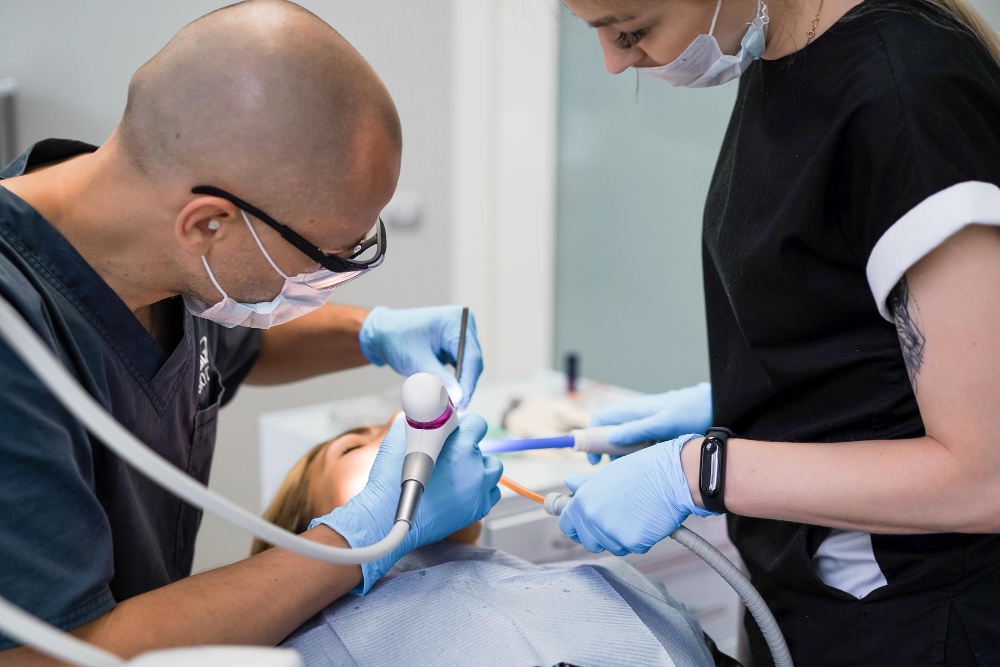Root canal therapy, also known as endodontic treatment, is a dental procedure that is performed to save a damaged or infected tooth. The procedure involves removing the damaged or infected pulp (the soft tissue inside the tooth) and replacing it with a filling material to prevent further damage and restore the tooth's functionality. Here's what you need to know about the benefits and process of root canal therapy.
Benefits of Root Canal Therapy:
Pain relief: One of the most significant benefits of root canal therapy is pain relief. Tooth pain can be excruciating, and root canal therapy can provide relief from that pain.
Save the tooth: Root canal therapy can save a tooth that would otherwise need to be extracted. Saving your natural teeth is always the best option since it helps maintain your natural bite and prevents further dental problems.
Prevents infection: A root canal treatment removes the infected pulp inside the tooth and prevents the spread of the infection to other teeth or the surrounding tissue.
Improved overall health: Infections in the mouth can lead to systemic health problems, and root canal therapy can help prevent the spread of infection and improve your overall health.
Root Canal Therapy Process
Root canal therapy is a dental procedure that involves removing the infected or damaged pulp (the soft tissue inside the tooth) and replacing it with a filling material. Here is the step-by-step process of root canal therapy:
Examination and Diagnosis: The dentist near you will examine the affected tooth and take X-rays to determine the extent of the damage and the presence of infection.
Anesthesia: Before the procedure, the dentist will administer local anesthesia to numb the area around the affected tooth.
Access Opening: Next, the dentist will make a small opening in the top of the tooth to access the pulp chamber.
Cleaning and Shaping: Using special tools, the dentist will carefully remove the infected or damaged pulp from the tooth and then shape the inside of the tooth's root canals to prepare them for filling.
Irrigation: In order to remove any remaining bacteria, the dentist will then flush the root canals with a cleaning solution.
Filling: Gutta-percha, a rubber-like substance, is used by the dentist to fill the root canals after they have been thoroughly cleaned and dried. A temporary filling will be used to close the tooth's opening.
Restoration: The tooth may be weaker once root canal therapy is finished, and a crown or other restoration will be needed to safeguard it and bring back its function.
Follow-up: The dentist will arrange a second consultation to examine the tooth's progress and assess whether more care is required.
Overall, root canal therapy is a successful method of preserving a decayed or infected tooth and avoiding extraction.
Conclusion:
Teeth that are decaying or damaged can be treated with a common dental treatment called root canal therapy. A dentist in Woodbridge removes the diseased pulp and then fills it with a filling material. The steps in the procedure are to remove the infected tissue, clean the area, and then fill it up. This aids in restoring the tooth's functionality and halting the spread of infection. A tooth that would otherwise need to be extracted due to damage or infection may be successfully saved by root canal therapy. You can decide if root canal therapy is the best course of action for you by being aware of the advantages and how it works.


No comments yet